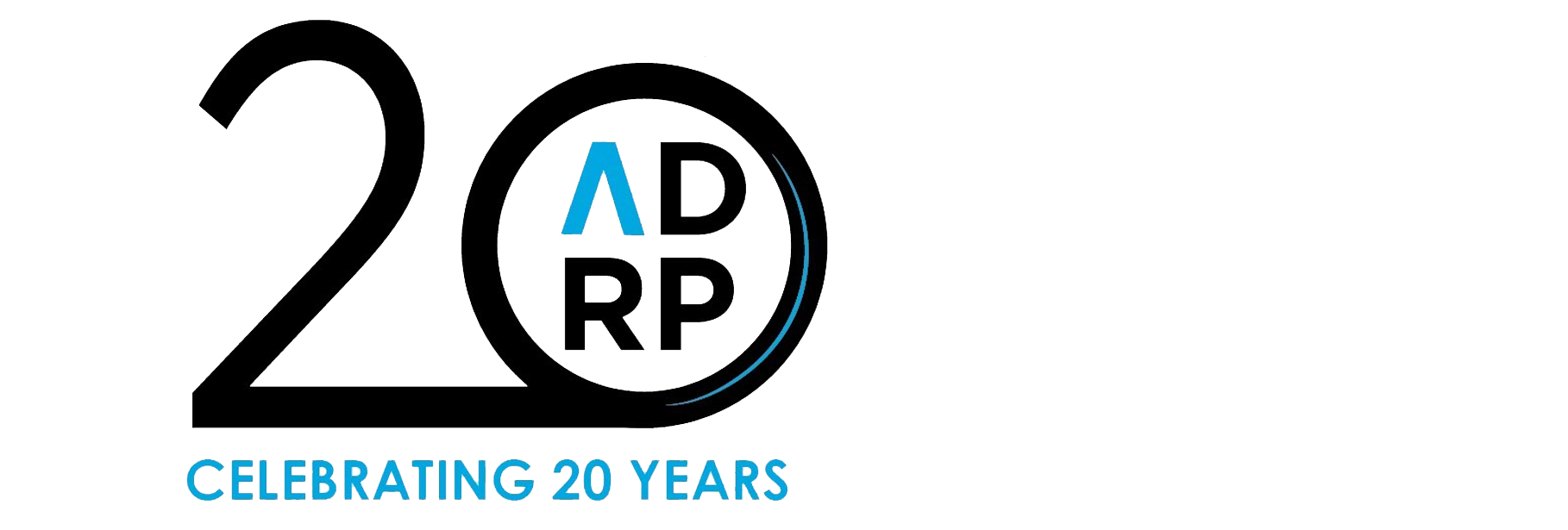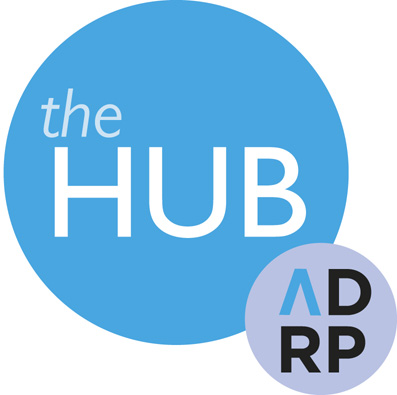- About
- Membership
- Resources
- Partner
- Events
- Awards & Scholarships
|
 |
Name: Liz McFarlin-Marciak Institution: Carnegie Museums of Pittsburgh Position: Director, Continuing Engagement ADRP member for 1 year |
How long have you worked in donor relations/stewardship and how did you get involved in this profession?
I’ve worked in fundraising for almost seven years. I did not fall into the profession by happenstance; I purposefully chose this career and completed formal fundraising coursework while in grad school. I’ve worked in a variety of areas – from prospect strategy to volunteer management to frontline fundraising. My current position is a hybrid. I oversee our mid-level giving program, which includes frontline fundraising, direct mail annual giving, acknowledgements, endowment reporting, and creating stewardship plans for both individual portfolios and large museum projects. I enjoy working across the frontline and stewardship function areas, as I think it makes my teammates and I better fundraisers.
Could you tell us something about the organization you work for?
Carnegie Museums of Pittsburgh is a unique four-museum system that includes Carnegie Science Center, Carnegie Museum of Natural History, Carnegie Museum of Art, and The Andy Warhol Museum. The natural history and art museums were founded by industrialist Andrew Carnegie in 1895, while the science center and Warhol were added in the 1990s. Together, all four museums form the largest cultural organization in the Pittsburgh region and serve 1.4 million people a year through exhibitions, programs, offsite activities, and events. The museums protect and preserve millions of objects and provide informal education in the arts and sciences to nearly 400,000 children a year. We have 31,000 member households and raise over $20 million annually from corporations, foundations, individuals, and government entities.
What do you like most about being a member of the ADRP?
The webinars and the annual conference. I’m very new to ADRP (2017 was my first conference), but I have been a member of both AFP and CASE before, so I’ve been to many fundraising conferences. I think ADRP’s webinar series and conference sessions are invaluable. I’ve implemented a lot of the learnings from the conference at my job, and the webinars – especially those about acknowledgements and gift officer-stewardship relations – are critical, since we don’t currently have any full-time, exclusive stewardship or donor relations positions at the museums.
What is your greatest donor relations/stewardship achievement?
Creating multi-year stewardship plans for restricted projects that concurrently thank donors and build a pipeline for future support.
What is the most important professional goal you are currently pursuing, i.e., attaining a degree, preparing to give a presentation, launching an initiative at work or in your community, etc.?
I was just accepted to a competitive emerging leaders program in Pittsburgh: Leadership Development Initiative. It’s an 8-month long professional development and coaching program designed to enhance and grow leaders in our city. I’m very excited to network with colleagues, both in and outside of the nonprofit sector, and learn things I can bring back to my team that will help us be more effective at building relationships with each other and our donors.
How big a role does the use of social media play in your work?
I personally don’t use social media in my current job. Using Facebook and LinkedIn fit better when I worked in higher education, but, in my current role, I don’t use them in my daily work. We, of course, use social media within the overarching Advancement and Marketing divisions to engage with members, visitors, and to conduct prospect research.
Is there a resource, i.e., book, blog, website, etc., that you would recommend to other ADRP members?
White papers from the Veritas Group have been very helpful as we continue building a robust major gifts program at Carnegie Museums. They also provide great insights about what it’s like to be a gift officer, so I highly recommend them, if you want to “get into the minds” of frontline staff. It’s Not Just About the Money, by Jeff Schreifels and Richard Perry, is up next on my industry reading list. Also, one of the best resources is your colleagues. That sounds obvious, but that is one thing I learned at the ADRP conference last year – we need to talk and collaborate across function areas more!
What is the best piece of professional advice you have ever received?
I have two professional mantras that I’m currently following: focus on things you can control and keep everything in perspective. I’ve heard these words from many great colleagues and bosses over the years. They both hone in on why we work in nonprofits – the mission – and remind us to always remember why our work matters.
Are there any particular stories, insights, etc., from your experiences in donor relations and stewardship that you would like to share with our colleagues?
I have too many! One that I love to share is exceptionally unique. A donor I work with found a postcard left by a visitor during one of his many visits to Carnegie Museum of Art. The postcard was left there purposefully by a woman from the UK. The content expressed her sorrow about recently losing her mother to cancer. She left three postcards at spots in Pittsburgh she thought her mom would enjoy, including the Museum of Art. Her postcard had a positive message about not taking people for granted and showing emotion for your loved ones. It moved the donor so much that he enlisted my help to find this international visitor. We ended up tracking her down and had an emotional Skype call during which the donor pledged to make his annual gift in her mother’s honor, so her name could be on our donor wall, visible to all visitors. The woman was incredibly touched by this kind gesture and pledged to contribute, as well. It was an honor to be involved in this authentic encounter and opened my eyes even more about the role museums can play in people’s lives.


